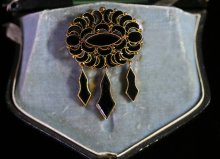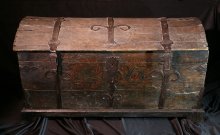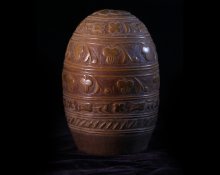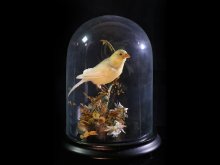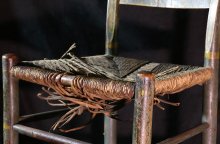Civil War Era (1848-1877)
The period that opened with the adoption of a new state constitution saw continued growth in agricultural and industrial production. The state’s population grew rapidly with settlers from other states but especially due to immigration from German states and Ireland. Growing debate over the role of slavery in the life of the nation raised tensions to a level that finally sundered the Union. Illinois’ own citizens, many of whom had settled here from the Upland South, were divided over the issue. As the home of Stephen A. Douglas, a national leader of the Democrats, and his skilled, Republican challenger in the form of Abraham Lincoln, Illinois was a crucial battleground during the decade that ended in war. The advent of photography would revolutionize the way we captured the harsh realities of war and forever changed the way we look at ourselves and the world. The state contributed mightily to the Union cause, providing its commander-in-chief numerous military leaders, more than 220,000 soldiers and sailors, and large volumes of agricultural and manufactured products.
This jet mourning brooch was purchased by Sally Logan Lamon in Washington D.C. during the 1860s, possibly in the wake of Abraham Lincoln’s assassination.
In 1851, Nikolas Daniel Walter packed all his worldly belongings into this trunk and left Germany with his wife and three small children to settle in Pope County, Illinois.
Hand and machine pieced and hand quilted cotton quilt made by Hester (Malone) Wright, (c. 1827 - ), LaPrairie Center, Marshall County, Illinois.
During the 1840s, 50s, and 60s, thousands of Illinoisans went west to seek their fortunes in California and Oregon. Among them was Servetus M. Thorpe, who left his wife and three children on their DeWitt County farm and traveled overland to California in 1862 in search of gold. The gold rush was over, however, so Servetus went on to Oregon, where he established a steamboat line on the Columbia River.
This canary’s name is Nicodemus. He belonged to an Illinois woman in the 19th century. Nicodemus was free from his cage and sitting on a window sash one day when someone threw open the sash and smashed him. His owner was so distraught that she had him stuffed and mounted, and he sat on display in the family parlor for the next several decades.
This chair is painted with an emblem of the Mt. Pulaski Masonic Lodge, which was chartered on October 8, 1858. The history of Freemasonry stretches back to Colonial times in the United States. (Benjamin Franklin, Paul Revere, and George Washington were all Masons.) Despite a wave of anti-Masonic sentiment in the 19th century, many new lodges were formed in the years before the Civil War. In an era with no federal “safety net,” the Masonic tradition of founding orphanages and homes for the aged provided a valuable social service.
This lamp was created to burn whale oil but was later fitted with a new burner to accommodate burning fluid, a cheaper, and more dangerous, alternative fuel. The new burner’s wicks extend upward at an angle away from the lamp to transfer the heat away from the fuel reservoir to reduce the risk of explosion.
Pages






